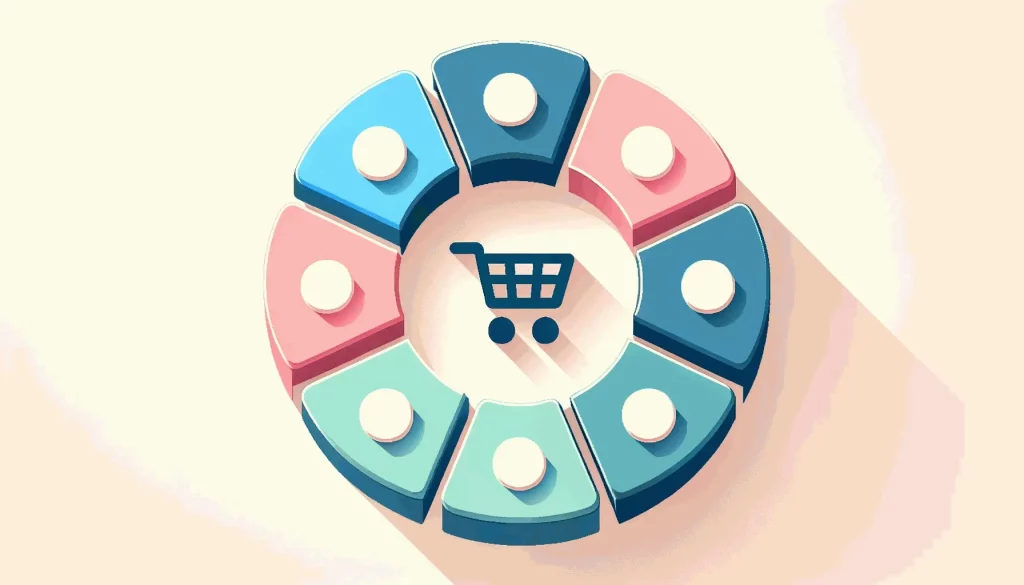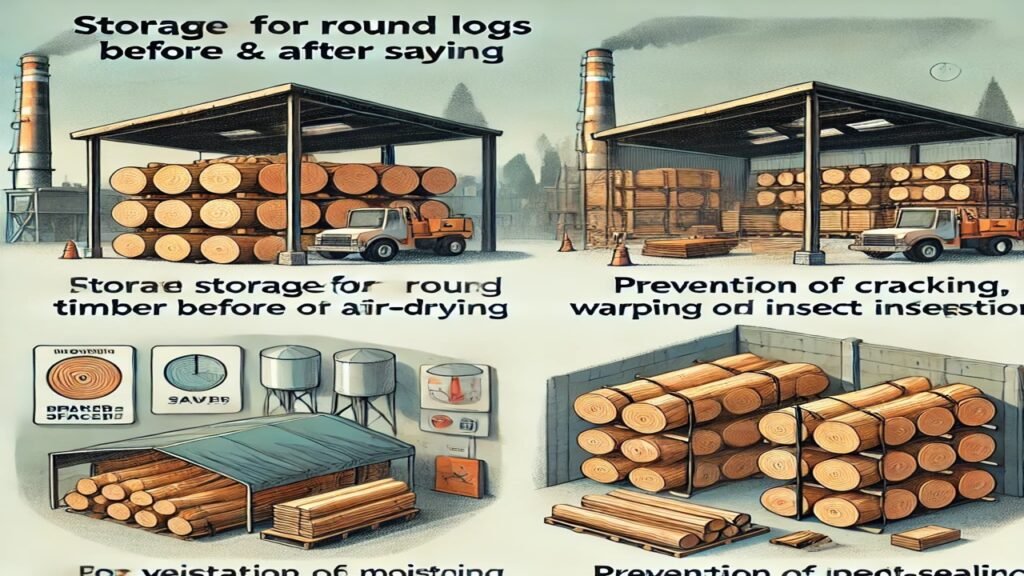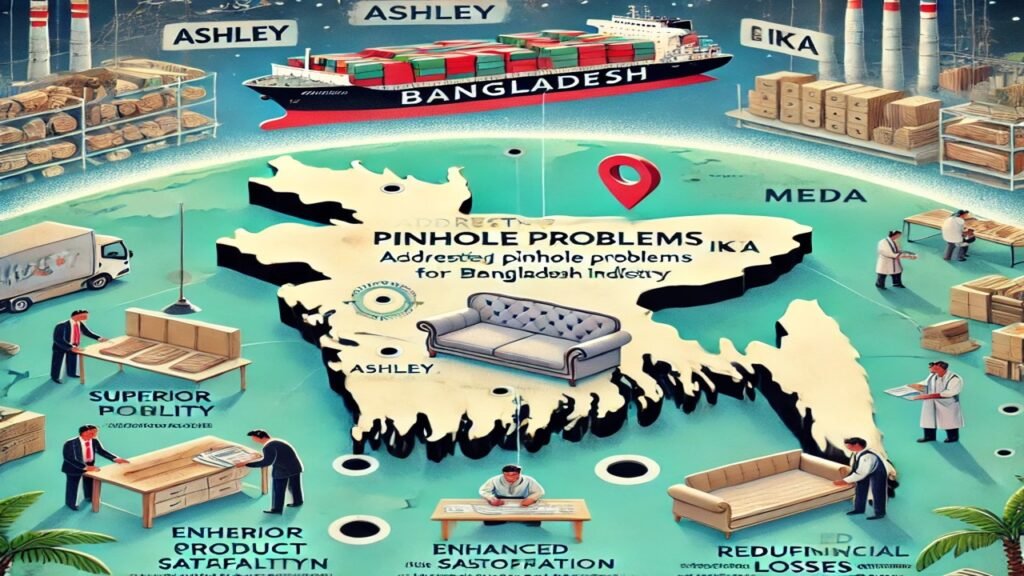Contrary to the supply network, procurement is concerned with the acquisition or sourcing of goods for production.
Vendor procurement and identification, market analysis, quality inspection, pricing discussion, contract administration, supplier system integration, and procuring appropriate products or services, based on the type of business, are all part of the job description.
A procurement department assists the supply chain’s beginning point to assure continuous manufacturing and chain consistency. Procurement management is primarily concerned with providing end-to-end requirement solutions to fill the gap between producers and consumers.
Now that the question “what is procurement?” has been briefly discussed, listed below are the types, importance, and stages of the procurement:
Types of Procurement
Direct, indirect, and service procurement are the three types of procurement. The most prevalent type is direct, which refers to sourcing raw materials that directly affect the firm’s refined products. As a result, manufacturing companies require this form of buying.
On the other hand, an indirect acquisition is the purchase of items solely for the company’s current use. And service procurement is the process of tools that aid in managing a company’s staff—for instance, locating HRMS or automated attendance technology for the organization.
Why is Procurement Management Important?
Understanding what procurement is is one part but realizing its scope and relevance is equally important. The majority of commercial activities would be challenging to run without procurement. Procurement management must ensure that all commodities and resources are procured correctly, allowing enterprises and operations to run smoothly.
More than just a business need, procurement can gain a competitive advantage if it is optimized to save cost, labor, and energy. However, cutting costs by eliminating inefficiencies and inaccuracies and utilizing resources is only one of the reasons procurement is critical to a business’s bottom line.
Procurement sourcing might even arrange profitable manufacturing and vendor contracts, driving new procedures and pivotal in expanding domestic markets. By aggressively pursuing diverse suppliers, procurement may play a significant role in pioneering CSR initiatives in inclusivity.
7 Stages Of Procurement Management
Listed below are the widely approved and accepted stages of procurement from start to finish:
Requisitions:
The organization’s department initiates the acquisition process, recognizing a need to procure, replace or replenish its supply by submitting requisitions.
Approvals:
The control system in the acquisition process needs authorization before it may handle requisitions.
Scouting Suppliers:
The procurement office can start looking for vendors when you understand the requirements.
Closing Purchase Orders:
After submitting your agreement to your vendor, you may now complete your purchase requisition.
Payment & Invoicing:
When the requisition reaches your vendor, they will give you a receipt that includes the cost and transaction details. You may now complete your purchase requisition. For more on this, go here
Distribution & Audit:
Your shipment will be made according to the terms mentioned in your contract.
Documentation & Book Keeping:
Keeping a record of your vendor invoices is critical. If any inspections are conducted, you will know exactly how much you paid over a given period. As a result, you’ll be able to classify your expenditures for a more accessible examination.
Regular monitoring of all your bills is essential for determining if you’re overpaying or sticking to your budget. The procurement process comprises seven crucial stages, as mentioned above.
Last Words
These steps or stages must be appropriately completed to accomplish procurement goals. You will realize that with the help of procurement, you will eventually meet demand and scale up your business.



